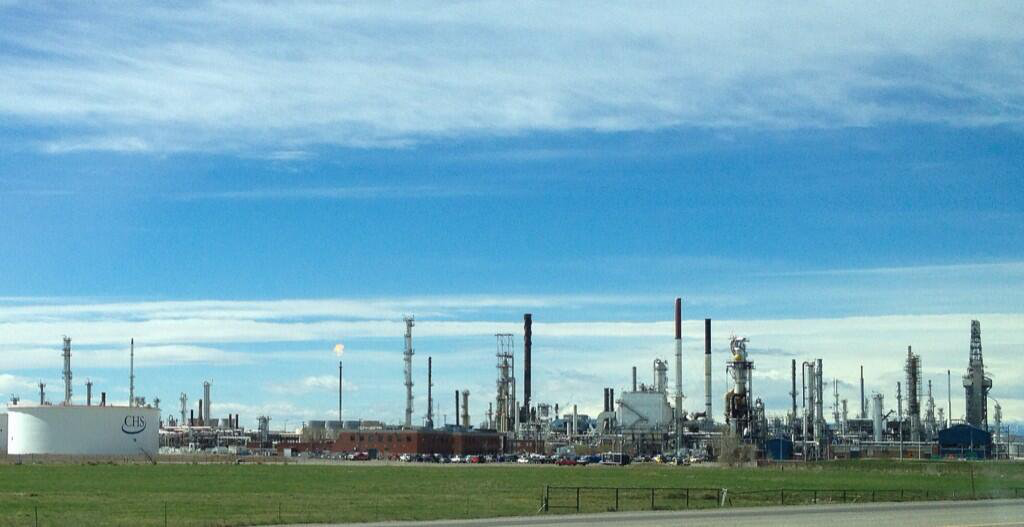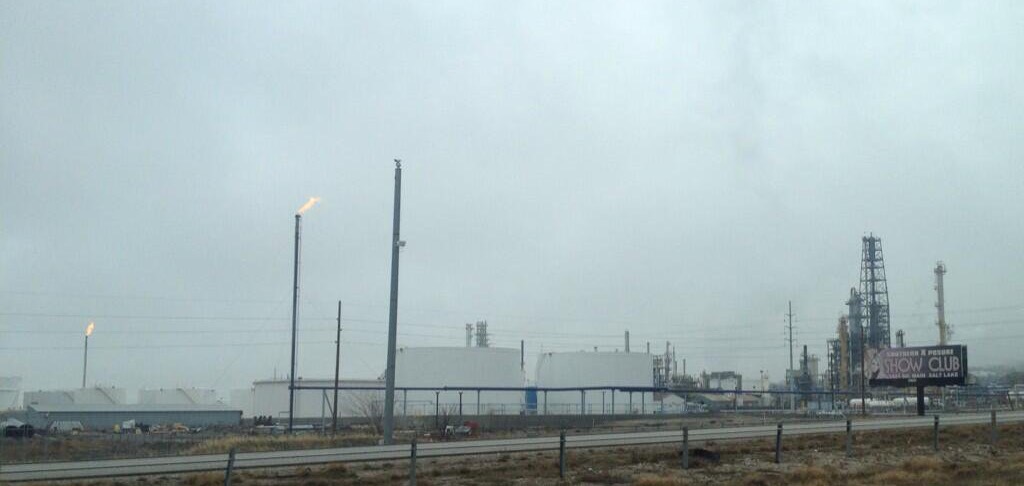Methane emissions and coal mining have received attention from the current Federal government administration. You can read about the regulations and policy here, here, or here. Instead of rehashing all of that, I want to take a look at the hazardous properties of these chemicals. Let’s get a little hazmat’ish today and address the hazards of methane and coal processing chemicals.
First, I breakdown the health and environmental impacts of methane. Methane emissions can be part of the gas flaring at oil and gas production sites. Then I look at a few of the chemicals involved in coal processing. They are the unsaid, and often unknown, part of “clean coal.” Clean coal is the concept of burning coal with reduced pollutants released into the atmosphere. The pollutants include carbon dioxide, sulfur dioxide, nitrogen oxides, and particulate matter. The pollutants don’t magically disappear. It takes other industrial processes to remove them: cleaning, filtering, and/or sequestration.
Methane
If you heat your home with natural gas, you are heating primarily with methane. Methane is a flammable gas, with a flammable range of 5-14% in air. It is non-toxic, but can irritate your eyes, and asphyxiate you. By the time you stop breathing, you’re nearing 5% methane in the air and would be in a very flammable environment. It’s only acute hazard to your health is catching on fire. If you had methane gas sprayed at you, your eyes would be irritated, but your bigger concern is catching on fire.
So it’s a flammable gas, what’s the big deal? Methane’s environmental impact is the big deal. It is a greenhouse gas. A potent greenhouse gas. Methane’s greenhouse effect is 25 times more than carbon dioxide over a 100-year period, according to the EPA. Over a 20-year period, methane has 84 times the greenhouse gas potential than carbon dioxide, according to the IPCC. Remember, carbon dioxide is the greenhouse gas that is regulated by the EPA’s Clean Air Act. It is one of the primary pollutants. Methane is not.
Here’s another way to look at it. Carbon dioxide is decades of Earth eating bacon and smoking cigarettes everyday. We’ve recognized the long-term impacts and are trying to address it. The health impacts are chronic, but we’re managing them. Methane is one night of heavy binge drinking. It hurts really bad the next day. But if you stop drinking your body will recover. What if you don’t control (aka regulate) the binge drinking? Then things get much worse a lot faster.
Coal Processing Chemicals
There are a wide range of environmental impacts from coal mining and processing. Each step has its own list, from the physical mining, transport, processing, and ultimately burning coal for energy. You could read for days on the vast environmental impacts. I’m going to focus solely on some of the chemicals used in processing coal.
There are several chemicals depending on the processing plant, location, availability, and type of coal. These are used to clean or wash the coal to remove the impurities. They fall into the similar category of cleaning solvents. I’ll highlight a few, including one that spilled into a water treatment facility in West Virginia, poisoning their water.
- 4-methylcyclohexane methanol (MCHM). This is the one that spilled into the Elk River and into the water supply near Charleston, WV. 300,000 people were advised not to drink the water.
- Propylene glycol phenyl ether (PPH)
- Dipropylene glycol phenyl ether (DiPPH)
- Polypropylene glycol
- Polyacrylamide
All of the above can lead to skin irritation, respiratory and eye irritation, nausea, vomiting, or dizziness. These are the standard health impact of nearly anything. Too much water can cause these same impacts. On the surface, these aren’t that hazardous, compared to other industrial chemicals. They aren’t listed as carcinogens (yet), aren’t corrosive, and are mildly toxic. But there hasn’t been a lot of research on them. In fact, the Mining Safety Health Administration (MSHA) released a statement in 2014 saying this exact thing. “Health effects for many of these chemicals are not completely known.”
Even if they’re not that toxic, do you want them in the water you drink, the fish you eat, the water fowl you hunt, or the lake or river you swim or fish? Do you want antifreeze or break cleaner in that water? It’s the same concept.
I hope that provides you some insight into the hazards of these politicized parts of the energy industry. I’ll leave you with the photo below. You can see 2 gas flares from an oil refinery near Salt Lake City. Salt Lake has some of the worst air pollution in the United States. Partly due to its geography and partly due to industry like this.


